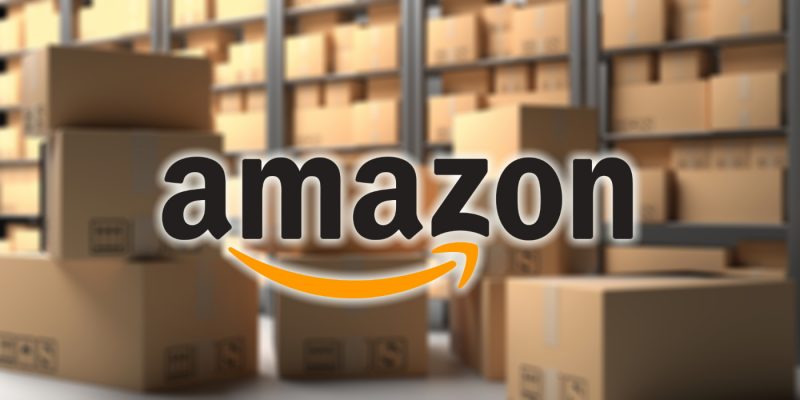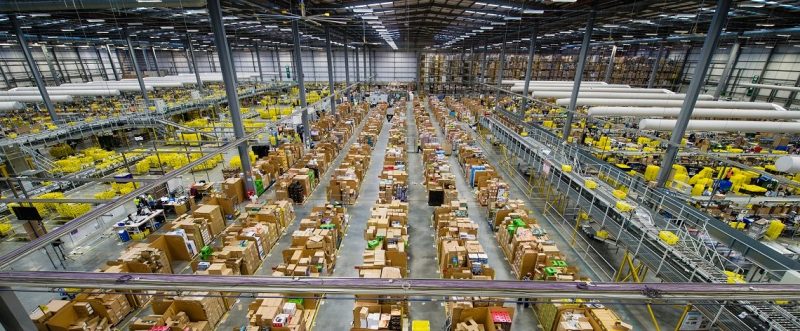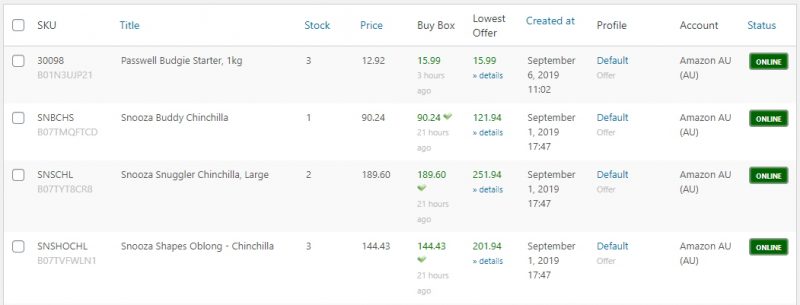Our Australian-based online pet store was approached by Amazon last year, asking if we were interested in selling on their platform. To encourage us to take up their offer, Amazon offered us an account representative who would work with us to setup our account and grow our sales on their platform.

We were sent near-identical proposition emails by three different Amazon employees during the week we spent deciding whether we should give it a go. It was pretty clear that they were mass mailing every business in their targeted industry (in this case—pet supplies) with very little analysis or coordination.
Nevertheless, after a few emails back and forth, and a long phone conversation, we decided we’d give selling on Amazon a shot.
Deciding between Dropship and Fulfilled-by-Amazon
Amazon offer two different ways to sell on their website: Dropship, where you dispatch orders from your own warehouse using your own couriers; and Fullfilled-by-Amazon (FBA), where you send your stock to Amazon’s distribution center for storage and dispatch.
Amazon have substantially cheaper delivery from their distribution center (located in Melbourne), but they charge you a fee to store your products. As we sell many large products (like bags of dog food) with very low value-per-kilogram, the FBA storage costs were quite considerable.

We didn’t know how our products would perform on Amazon, and the costs associated with freighting the stock to them (and potentially back to us) made it too financially risky to go with the FBA option. We settled on the dropship model as the safest way to give Amazon a shot.
Our account setup
After we had provided Amazon with the necessary information to create our product listings, we heard no communication from them for several weeks.
Suddenly, without any prior warning that our listings were live, we received our first order. Amazon decided that all of our listings should offer free shipping, and as we weren’t notified that the account was active, we hadn’t been given an opportunity to setup shipping zones/rates. The product ordered (a catnip spray) was priced at $6.58, and cost us $6.95 to mail to the customer.
We expressed our disappointment that free shipping had been added to all our listings to our Amazon representative. No response was received.
We rushed to get our shipping rates added so there would be no further money-losing orders. Once that issue was behind us, we started noticing that there were quite a few discrepancies between the inventory data we sent Amazon, and what their listing team had added to our account.
A manual review through all 1000-ish products revealed dozens of pricing/description errors, hundreds of missing products, and a handful of really bizarre issues. In addition to our pet products, we were also apparently selling cheese graters, digital cameras, desktop computers, and a $145 coffee mug.
We reached out to our account representative about the many inventory errors. No response was received.
Integration with WooCommerce
We used a product called WP-Lister Pro for Amazon to connect our WooCommerce-powered online store to Amazon. It’s currently priced at $149 USD per year.
Setting up the plugin took a few hours, but once we’d synced the plugin with our inventory for the first time, it was very much a “set and forget” solution.

The plugin periodically sends inventory and price updates to Amazon, and any Amazon orders were automatically pulled across as normal WooCommerce orders. This allowed us to dispatch Amazon orders with no changes to our existing workflow and no need for additional staff training.
Performance of the account
After six months, Amazon was only accounting for between 1-2% of our monthly sales.
We found that most of the products that we were first to introduce to Amazon inevitably became part of their “sold by Amazon” inventory. With their superior buying power and more affordable shipping, they were able to offer products at prices we simply couldn’t—especially when we’re paying them 8% commission.
After we paid GST, shipping costs, cost of goods, Amazon fees, and Amazon commission; in an industry with notoriously thin margins, selling on Amazon was just not a viable option for our business.
Will we continue to sell with Amazon?
At the time of writing, we have requested the closure of our Seller account and the immediate transfer of any outstanding balance. The middling sales volume, frequent issues, and the complete lack of support from Amazon made it an easy decision.
We’re much happier selling through our own WooCommerce-powered store. Our own store gives us far greater control over our inventory and how it’s displayed, more opportunity to build customer relationships, and (most importantly) doesn’t require us to pay a cut to a platform that doesn’t really do a lot to help its sellers.

wow thats made my mind up
I have just started and wished i’d seen this first, it’s only been a week but I am already frustrated to the point of canceling.
The time and effort i have point in so far getting my products from my shopify store to amazon with error after error.
I have listed around 200 products. Can’t even tell if anyone is looking at them or not or added to cart etc.
It’s about $55 a month for the store plus a whopping 12% of sales including shipping price and then i got sent a email saying i was charging excessive shipping and those products would be taken down if i dodn’t fix it. ( i was only charging australia post standard rate).
So i might give it another week, 2 at most and cancel.
It has been a massive waste of time so far for no return.
That’s right i know it’s only a week but i have made no sales at all.
I’m on eBay as well and the app made by eBay not a thrid party like the amazon app, that connects to shopify works, it’s simple to use and less stress.
My advice to anyone is forget Amazon in Australia you won’t make a viable online business out of it go eBay instead.
eBay has changed from the 2nd hand and fake stuff it was 15-20 years ago it is a legitmate market place and all the big brands are on there.
Second that. I’ve just signed up with Amazon Seller for a week. I’ve been selling one of the SKUs (7-10 orders a day) but all of the sudden the one product out that sell, out of the 70 products that I’ve listed showing the price is excessive and I need to fix the price to get it active again which I only make 8% after Amazon taken 10% referral fees plus GST, shipping cost and the cost of good. On top of that, Amazon set the price to sell which is below the cost of good price. From there, I’ve no sale coming in from the other products that I listed. I’m thinking of closing the account if no order coming in. Advice to who’s thinking of sell on Amazon Australia, be prepare for Amazon to take control of all of your inventory if you’re doing fulfilled by Amazon (FBA) or if you’re looking to handle the shipping yourself be prepare for the price change that you have to follow otherwise your product will be locked.
Amazon would hold your inventory for just a competitor complaint about Authenticity.
They’re waiting for a minor mistake from a sellers to confiscate FBA inventory and steal your money…
1. There’s no phone number you can contact them on,
2. They have a major issue understanding the content of your message as a seller
3. They get the robot to respond by the same letter again and over again…
4. They wouldn’t help sellers despite the high comission they charge (30% of profits or more)
5. If you don’t believe, go ahead and try it. Good luck ????
Run your own website..
Don’t recommend!